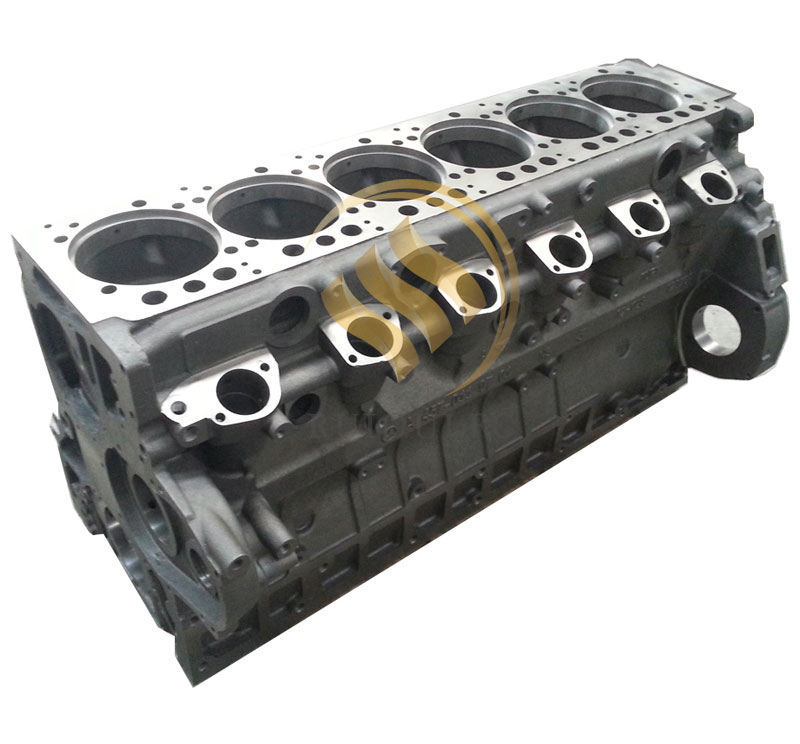

It involves the use of a polystyrene pellets, which are inserted into the mold cavity. Now get your PLA part that's attached to the pour spout(s) and submerge the part in the mixture, making sure the pour spout is not fully submerged. Not to be confused with investment casting, lost-foam casting is a molding process used to create objects or castings from a mold. Any bubbles can impede on the final cast.Īfter you've sucked as much air out of the mixture as you can (maybe a minute or two), remove the hose and take the milk jug out of the bag. Make sure you lift the vacuum hose above the edge of the milk jug, so it sucks the air out of your mixture. Now turn on your vacuum, and it should begin pulling the air out of the bag. Next, using your hand, wrap the bag around the head of your hose and tighten it so no air can escape the bag. A while ago now I shared a Green Sand Lost Foam Casting technique that uses plaster of Paris vents & feeders (risers) to greatly improve upon the process. Make sure the milk jug isn't too full, as the mixture can get sucked in the hose, and you don't want that. Now take your vacuum cleaner and put the hose inside the opening of the bag.

Now take your bag and put it around the milk jug. This part is extremely important, as any lumps can leave bumps in your final cast. If you need more, simply add more mixture (keeping the same amount of each).īegin stirring with your hand until all the lumps are out of your mixture. Then you cut the empty milk jug according to the volume required to completely cover the part, while allowing some of the pour spout to remain above the mixture.Īdd about 70% of the amount of Plaster of Paris you used in waterĮnsure you don't over or under fill your jug. Next you want to hot glue the pour spout to your part, facing up. Ensure the widest part of the pour spout is quite wide (more-so than mine are in the image above), so your aluminum doesn't harden fast enough. If your PLA part is wide, cut out a second or third pour spout. Lost-foam casting (LFC) is a type of evaporative-pattern casting process that is similar to investment casting except foam is used for the pattern instead. This will be the pour spout that will allow the molten aluminum to flow into the mold.

To begin, you want to cut out an almost triangle shaped piece (like in the second photo) from your foam. A few bits of foam insulation were glued on to act as sprues, and an investment mold was made out of 1 part Plaster of Paris and 1 part playground sand. To create the mold, you're going to need your: foam, milk jug, PLA part, hot glue gun, play sand, Plaster of Paris, empty Ziploc bag, cutting tool (scissors/knife etc) and vacuum.


 0 kommentar(er)
0 kommentar(er)
